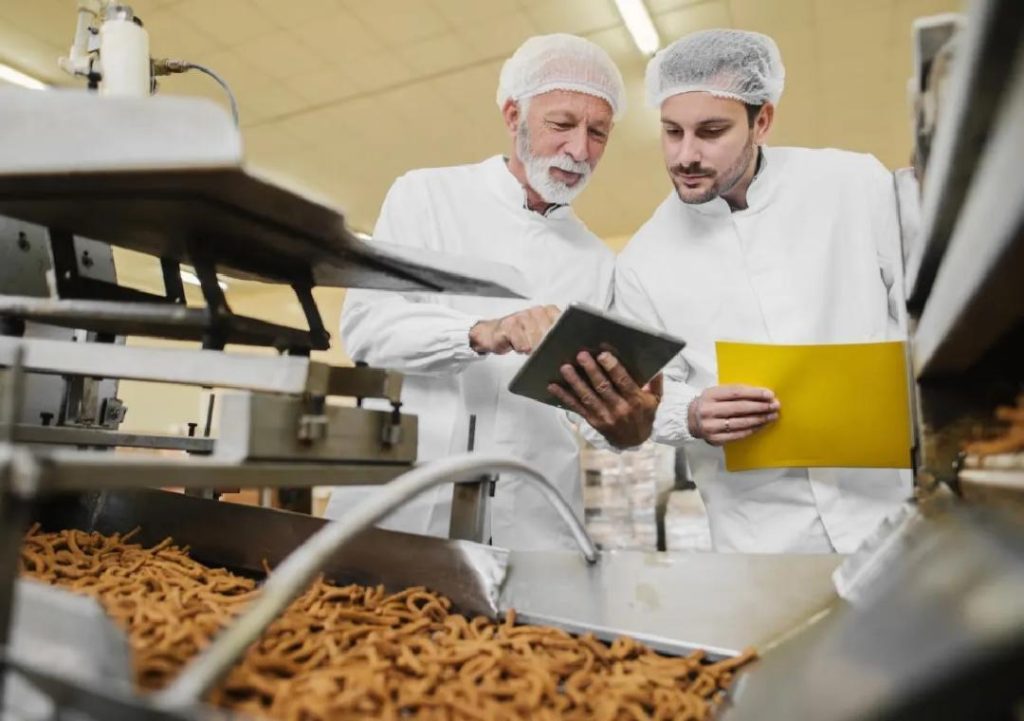
Can P&L Optimisation Redefine Success in Food Technology?
The food technology industry is experiencing a seismic shift, driven by the increasing adoption of digital technologies to streamline profit and loss (P&L) operations. By leveraging automation, smart inventory systems, and data analytics, companies are cutting waste, sharpening demand forecasting, and making better decisions. The result? Improved profitability, sustainable growth, and a competitive edge in the market.
In today’s fast-paced and ever-changing food tech landscape, optimising P&L operations is no longer a nice-to-have, but a must-have for businesses to thrive. With the proliferation of e-commerce, meal kits, and subscription-based services, food technology companies are facing unprecedented competition. To stay ahead of the curve, they must be able to efficiently manage their finances, reduce costs, and maximise revenue.
The Benefits of P&L Optimisation
So, what are the benefits of P&L optimisation in food technology? For starters, automation and smart inventory systems can help reduce waste by up to 20%. This may seem like a small percentage, but it can add up to significant cost savings over time. By leveraging data analytics, companies can also improve demand forecasting, ensuring that they produce only what they need to meet customer demand. This reduces the risk of overproduction, which can lead to significant waste and unnecessary costs.
P&L optimisation also enables food technology companies to make better decisions. By having real-time visibility into their financial performance, businesses can identify areas for improvement and make data-driven decisions to drive growth. This may involve adjusting production levels, renegotiating contracts with suppliers, or investing in new marketing campaigns.
Scalable Models for Success
Another key benefit of P&L optimisation is its ability to support scalable models. As food technology companies grow, they must be able to adapt to changing market conditions and customer demands. By adopting scalable models, businesses can ensure that their financial operations can keep pace with growth, reducing the risk of financial strain and ensuring sustainable profitability.
Scalable models also enable food technology companies to respond quickly to changing market conditions. By leveraging data analytics and automation, businesses can identify new opportunities and pivot quickly to meet changing customer demands. This may involve launching new products, entering new markets, or adjusting pricing strategies.
Real-World Examples of P&L Optimisation
So, what do real-world examples of P&L optimisation in food technology look like? One example is FreshBox, a meal kit delivery service that leverages automation and data analytics to streamline its P&L operations. By using machine learning algorithms to predict demand and automate production, FreshBox has been able to reduce waste by 15% and improve its profit margins by 10%.
Another example is meal kit company, Blue Apron. By leveraging data analytics and automation to manage its supply chain and production, Blue Apron has been able to reduce costs and improve its financial performance. In its latest quarterly earnings report, Blue Apron reported a significant reduction in its losses, thanks in part to its efforts to optimise its P&L operations.
Conclusion
In conclusion, P&L optimisation is no longer a nice-to-have for food technology companies, but a must-have for success. By leveraging automation, smart inventory systems, and data analytics, businesses can reduce waste, sharpen demand forecasting, and make better decisions. Scalable models also enable food technology companies to support growth and respond quickly to changing market conditions.
As the food technology industry continues to evolve, it’s clear that companies that adopt P&L optimisation strategies will be best positioned for success. With the ability to reduce costs, improve profitability, and drive growth, P&L optimisation is a key driver of success in the food tech industry.
Source:
https://www.growthjockey.com/blogs/p-and-l-operations-in-food-tech






